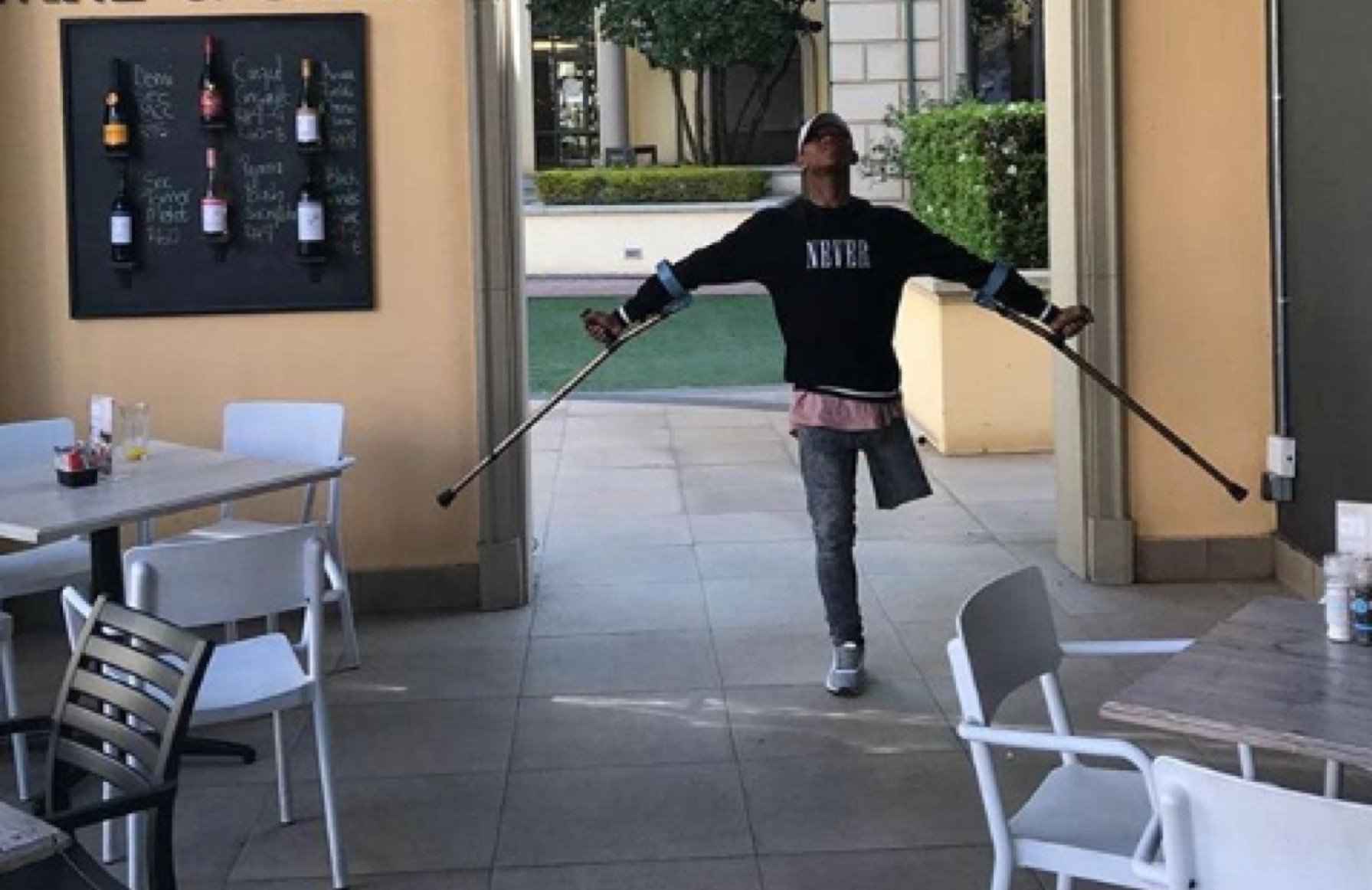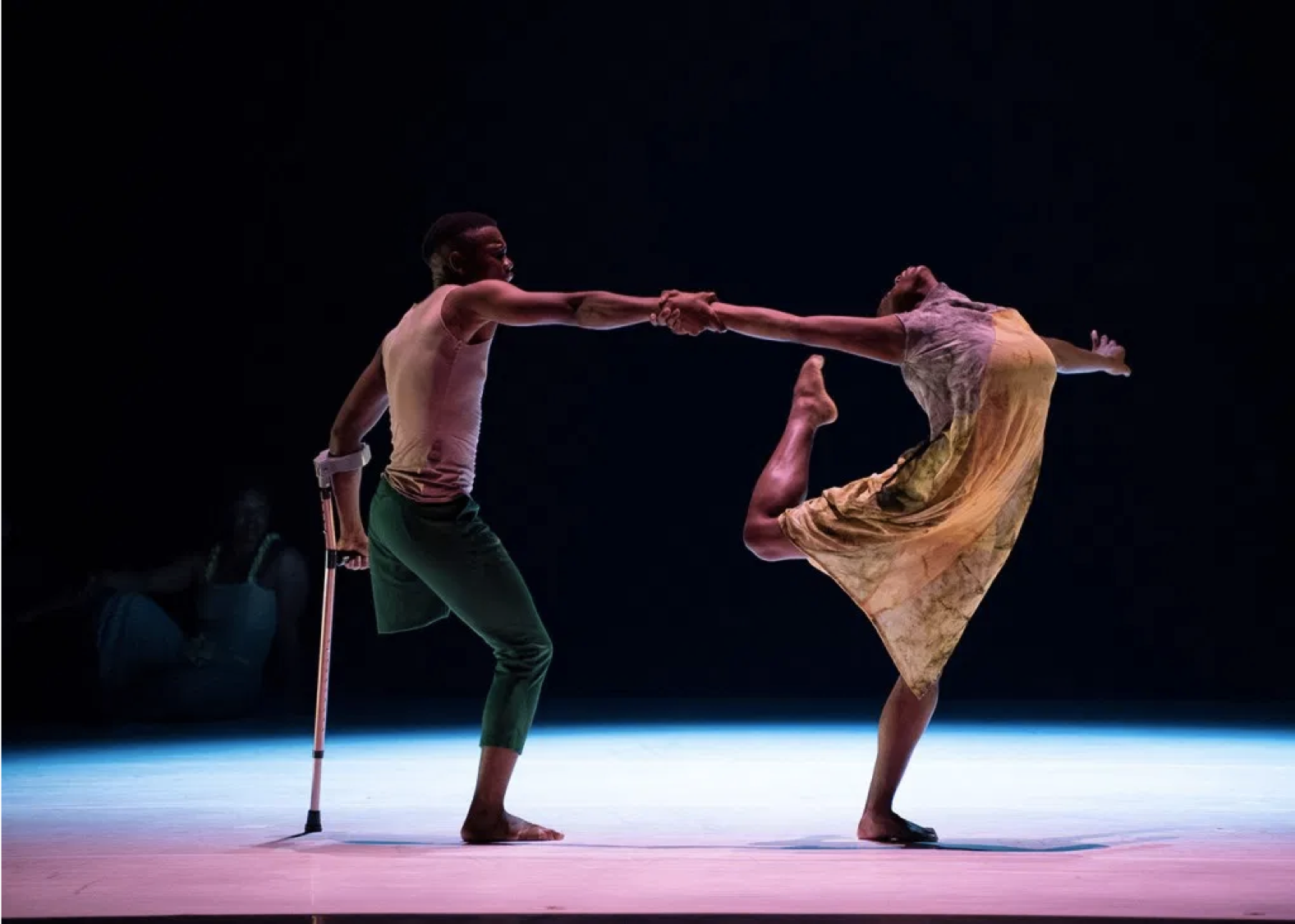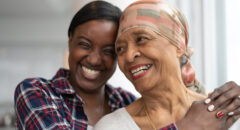
The 23-year-old, who dances with crutches, leaves audiences in awe with his impressive moves.
Musa lost one of his legs when he was 11-years-old. Doctors amputated the leg after he was diagnosed with osteosarcoma - a type of cancer that affects the bones.
Osteosarcoma is a type of cancer that produces immature bone. It is the most common type of cancer that arises in bones, and it is usually found at the end of long bones, often around the knee.
Scientists have not discovered the cause of most cases of osteosarcoma. Osteosarcoma can develop as a result of radiation to an area of the body. It can also be associated with specific genetic changes and diseases.
“I was bedridden for two years before I decided to have an amputation,” said Musa.
He has been cancer-free since undergoing the operation.
Most people with osteosarcoma do not feel sick. Patients may have a history of pain in the affected area and may have developed a limp. Often the pain is thought to be related to muscle soreness or "growing pains," but it does not go away with rest. Many patients only see a doctor when there is some sort of injury to the area or when the tumor weakens a bone so much that it breaks (this is called a pathological fracture).
"I came to dancing through music, I was a DJ - it talks to me, my friends taught me sbhujwa, pantsula and hip-hop. We formed our own street dance group and performed in music videos, TV ads, competitions. But I wanted more. I auditioned here and it really was not easy.

"I knew what I was getting into from the get-go - they really don't give me any special treatment, they...
... go hard. I grew up as a person, they changed the way I think, and instilled that thinking in my body. I changed how I do things and how I see things.
"Before, in my street group, it was all about me. The crew I was with would do what I could do, so that Musa can stand out. Here it is about the company. I have to work out how to work with the choreography. It was a process, to learn how to come up with alternatives and solutions, and not let it kill my positivity.
"My parents did not approve of my dancing at first. I was studying to be a chemical engineer. Now they have changed their minds. I want to have my own company in the future, I want to inspire other amputees, how to use their bodies, execute a movement and come with an alternative."









